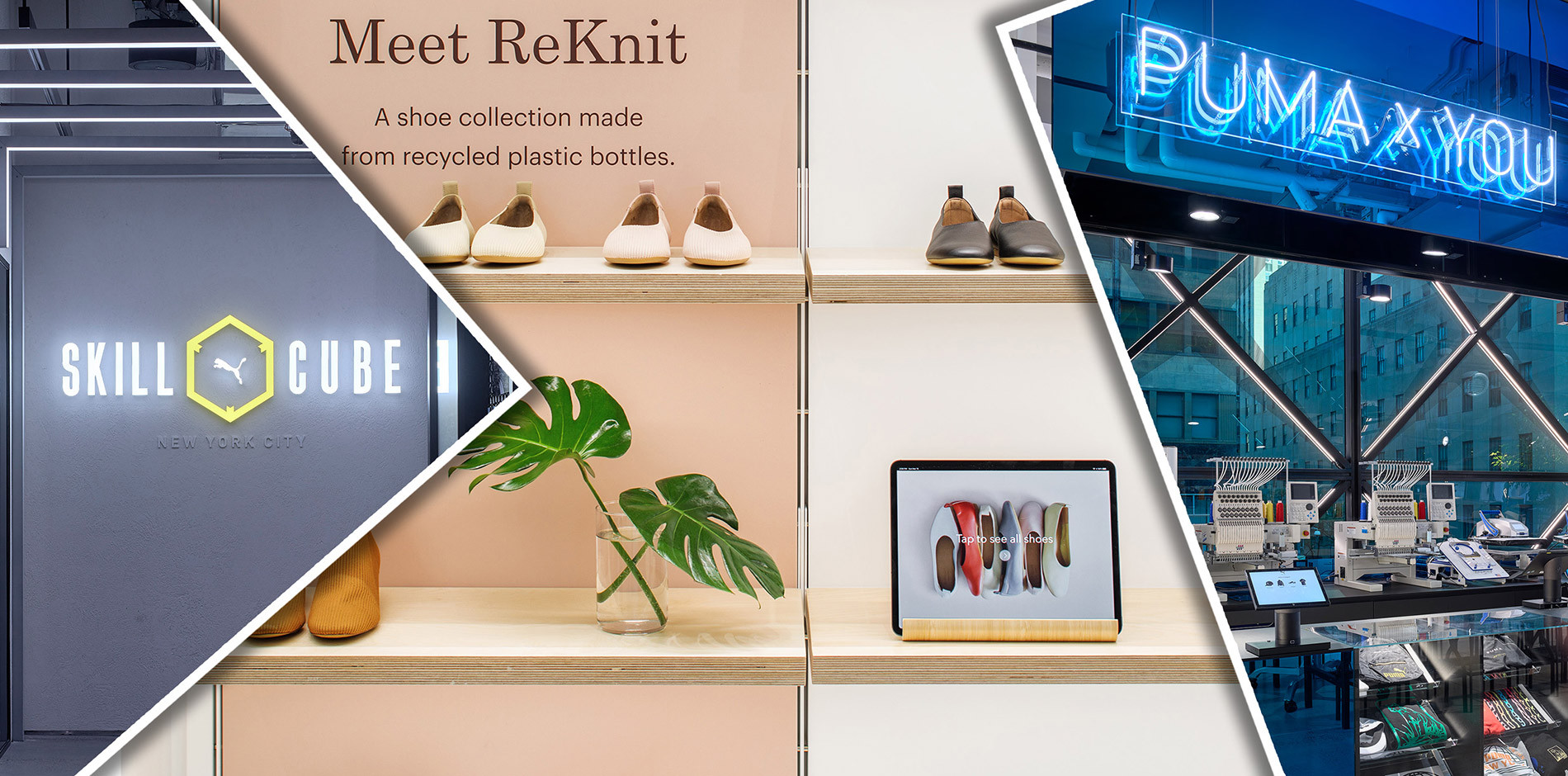The latest data from McKinsey shows that consumers are likely to keep the behaviors they’ve adopted during stay-at-home orders, with more people planning to continue to shop online even as restrictions are lifted and the pandemic subsides.
To drive customers in-store, it is imperative that retail brands develop a strategy to make a trip worth the consumers’ time. Based on research and Shawmut’s experience with innovative, successful retail clients, we believe there are three key elements that retailers need to incorporate into their stores to not only survive, but thrive following the crisis.
A Truly Omnichannel Experience
Brands should create an experience for their customers that translates seamlessly across channels—from website to social media to in-store, brands need to provide consistency. As much square footage should be leveraged for front of house as possible, providing ample opportunity for shoppers to interact with the brand and its products, while also providing the tools for them to order something that isn’t in store. Everlane has endless aisles in some of it stores, with tablets allowing customers to shop the full collection online.
Unique Brand Interactions
When shoppers do venture to stores, brands need to create an experience that can’t be replicated online to drive continued, repeat traffic. Providing customers opportunities to test out and personalize products to meet their needs builds trust and expands selling opportunities. PUMA’s Fifth Ave flagship has a PUMA x YOU customization studio, new, rotating artist residencies, and the innovative customer engagement areas, including a Skill Cube simulator where shoppers can have virtual soccer coaching.
At the same time, brands need to keep in mind their tactics for interaction, keeping both customers’ and employees’ safety and health at the forefront. For example, some retailers are replacing VR technology that requires shared headsets with digital systems that mirror the VR effect without the shared equipment.
Personalized Customer Service
The retailers that allow customers to feel comfortable and understood will separate themselves from competitors. Although there are online channels for customer service, an in-person conversation guides customers through their options—some which they may have never realized. Tiffany & Co. and Nordstrom—both known for their great customer service—provide a personal experience for each shopper that simply isn’t achievable online, ultimately creating a committed, loyal customer base.
As the retail industry continues to navigate this crisis, retailers and brands have an opportunity to reset, creating a stronger and more cohesive customer experience that provides a reason for consumers to shop in-store again.
